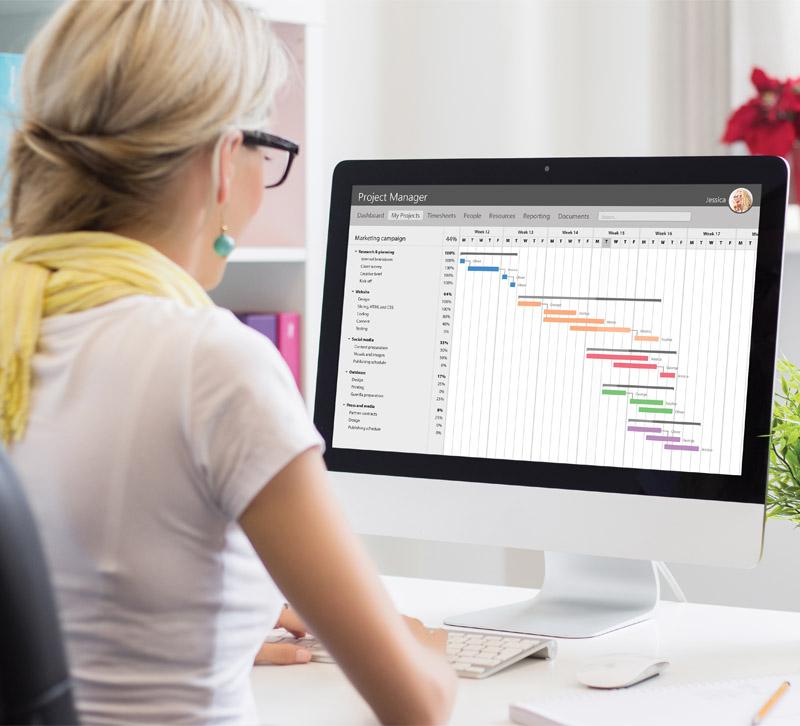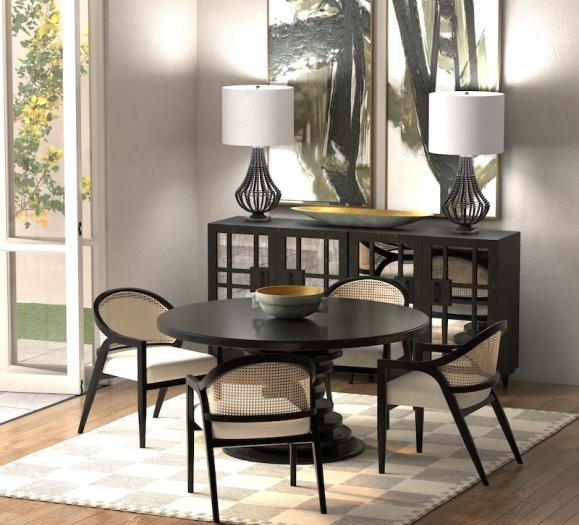Having a dedicated accounting and project management software platform is vital to help interior design firms stay organized. From creating proposals to handling product purchase transactions, these project management tools can do it all.
“I’d advise any firm to implement some sort of project management software,” says Michael Wegman, Principal and Co-owner of Devon Grace Interiors. “It’s vital to any business [that] wants to provide a professional experience for their clients. It’s very challenging to appear organized without it.”
Wegman uses Ivy at his firm, and he finds the detailed invoice creation, profit and markup tracking, billable time tracking, sales tax reporting and direct client payment portal to be the program’s most useful features. Many of the programs on the market today do all of these things, but there are still items to consider when selecting a platform.
In the Cloud
Today, most project management tools are cloud-based, which offers ample benefits over physical software. It’s a more reliable means of data management than physical storage, and it streamlines collaboration.
“We want all our software to run in the cloud and be easily accessible online,” Wegman says. “Ease of use and quick ramp up were also extremely important as we’re growing very quickly. Those features remain very important. Cloud software is here to stay.”
Data Transparency & Security
These project management tools are collaborative, with multiple parties involved in a project able to contribute. However, this level of collaboration can be a concern when company financial information is easily accessible by collaborators.
Angelo Adamo, Partner and Creative Director of Design Elemental, uses Design Manager, which allows for multiple user profiles with different permissions settings.
“Typically the office manager gets the access to the accounting system, whereas the assistant is entitled just to add SKU numbers, lead times, images, descriptions and general notes, but they aren’t entitled to get into the nitty gritty of the financial side.”
Client Experience
While firms use these programs to manage projects on their end, clients also typically interact with them. Ivy’s Room Boards feature allows designers to compile products by room to present a complete design vision. Clients can view these boards, approve or decline products, and — after the designer creates an invoice — pay for them. Studio Designer allows clients to link Pinterest boards to their project.
All of these platforms have client portals for clients to view their proposals, view and pay for products, and make payments. They allow for easier communication between design firms and clients.
Sales Tax
Sales tax calculation is one problem many of these software programs have yet to solve. Sales tax varies by state, often by county, and by goods and services. With so many variables involved, it can quickly become confusing.
“Sales tax is quite open-ended. There’s nothing easy about sales tax,” Adamo says. “It would be beneficial if there was a smarter product. For example, I’m in Michigan, so it would understand the Michigan sales tax law, and it would help me provide understanding of if it’s labor, what type of labor, or if it’s freight, what type of freight. It would give me direction toward where I need to pay sales tax. Whereas now you have to know everything beforehand and then add in that information.”
Platforms at a Glance
Ivy
• $599-$1,499 per year
•Unlimited plan allows for unlimited users and projects
•Room Board feature allows designers to present products by room for clients to approve and purchase
www.ivy.co
Design Manager
• $39.99-$54.99 per user per month
•iPhone app offers time tracking and swipe-through product presentations
•Product Clipper tool allows users to source products from a web browser
www.designmanager.com
Studio Designer
• $35-$45 per user per month
•Studio Capture feature adds product images and descriptions from vendor websites to projects
•Clients can link Pinterest boards to their projects
www.studiodesigner.com







